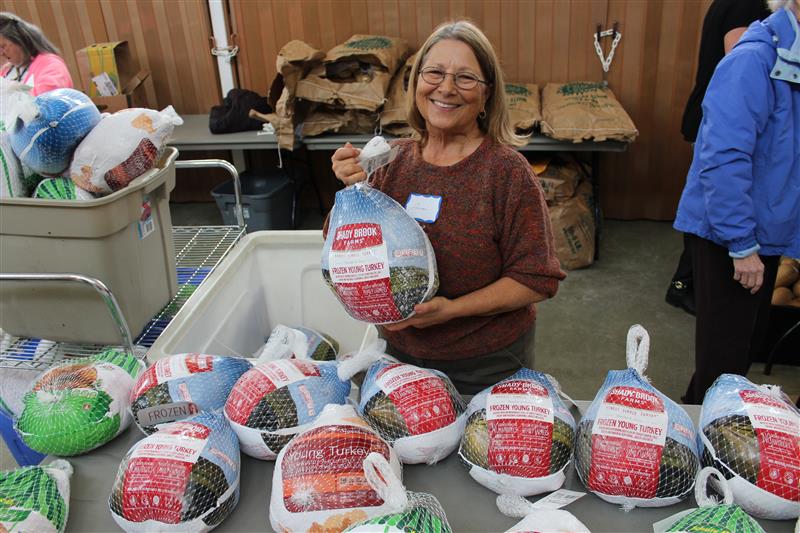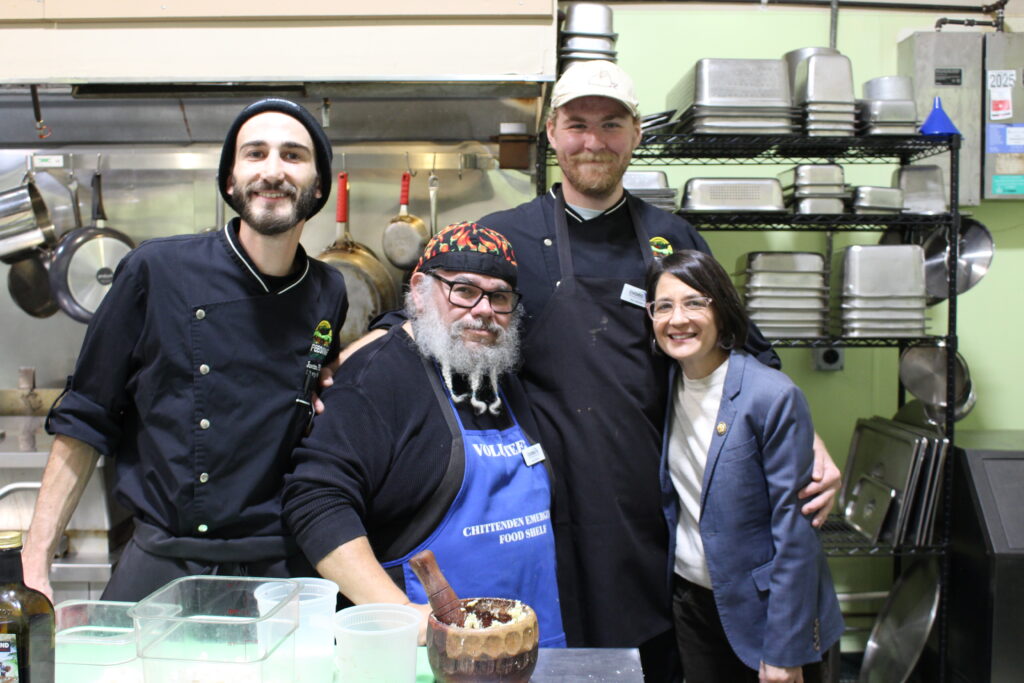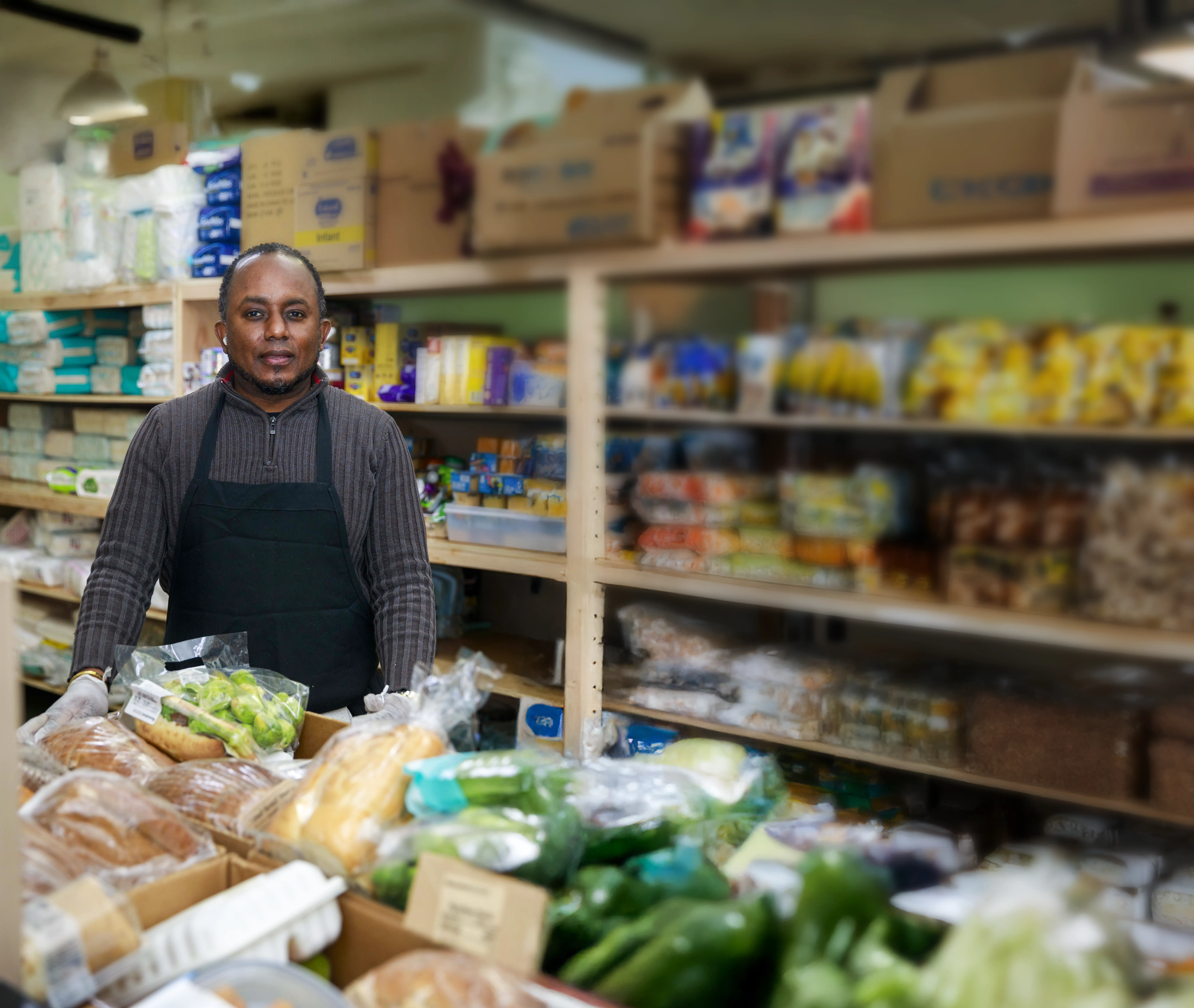

Supporting the
Champlain Valley
for over 50 years
Holidays Without Hunger
Join Feeding Champlain Valley on our mission to feed 10,000 families and neighbors this holiday season.

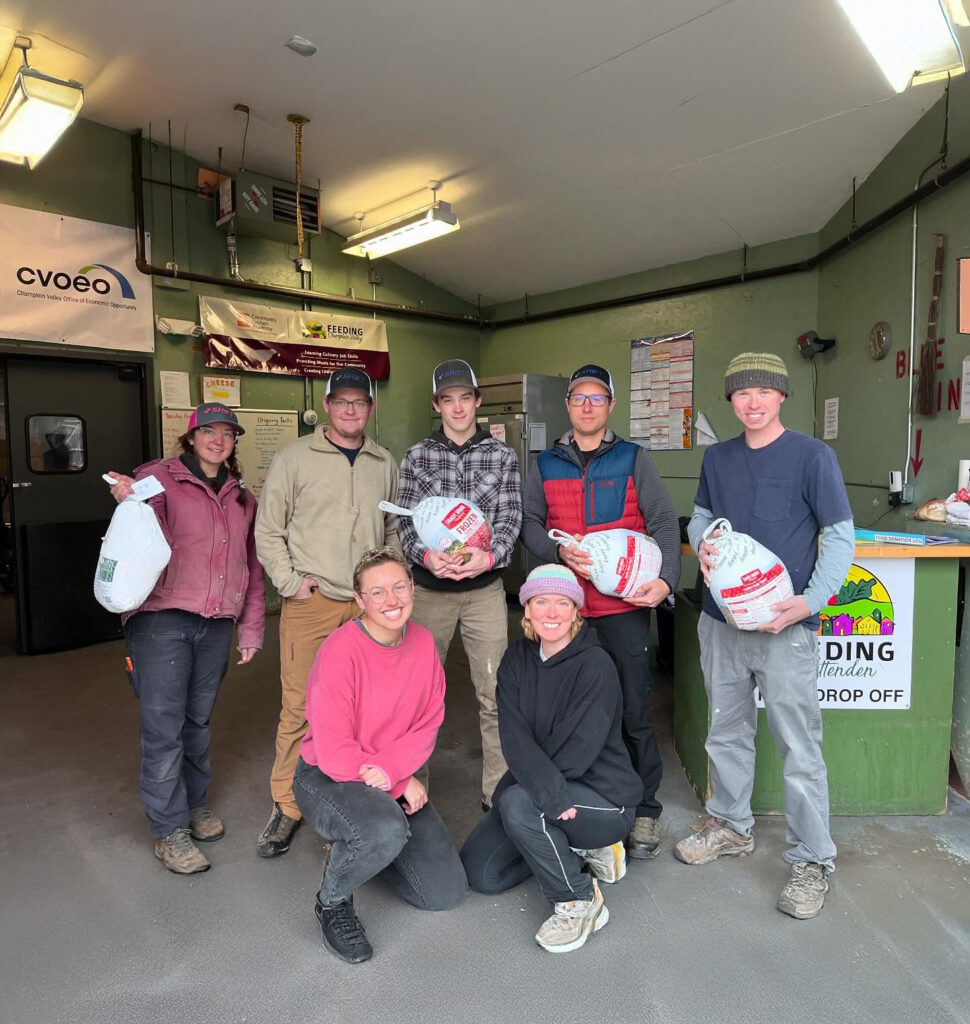


We Believe
Access to Food is a Human Right
Feeding Champlain Valley works to alleviate hunger by feeding people & cultivating opportunities. Our services include grocery distribution, meal production, food rescue, deliveries to homes and food access sites, an online market, gleaning, food kiosks, and more.
We are a proud program of the Champlain Valley Office of Economic Opportunity (CVOEO), a non-profit serving Addison, Chittenden, Franklin, and Grand Isle Counties.

Donate
Make an Impact
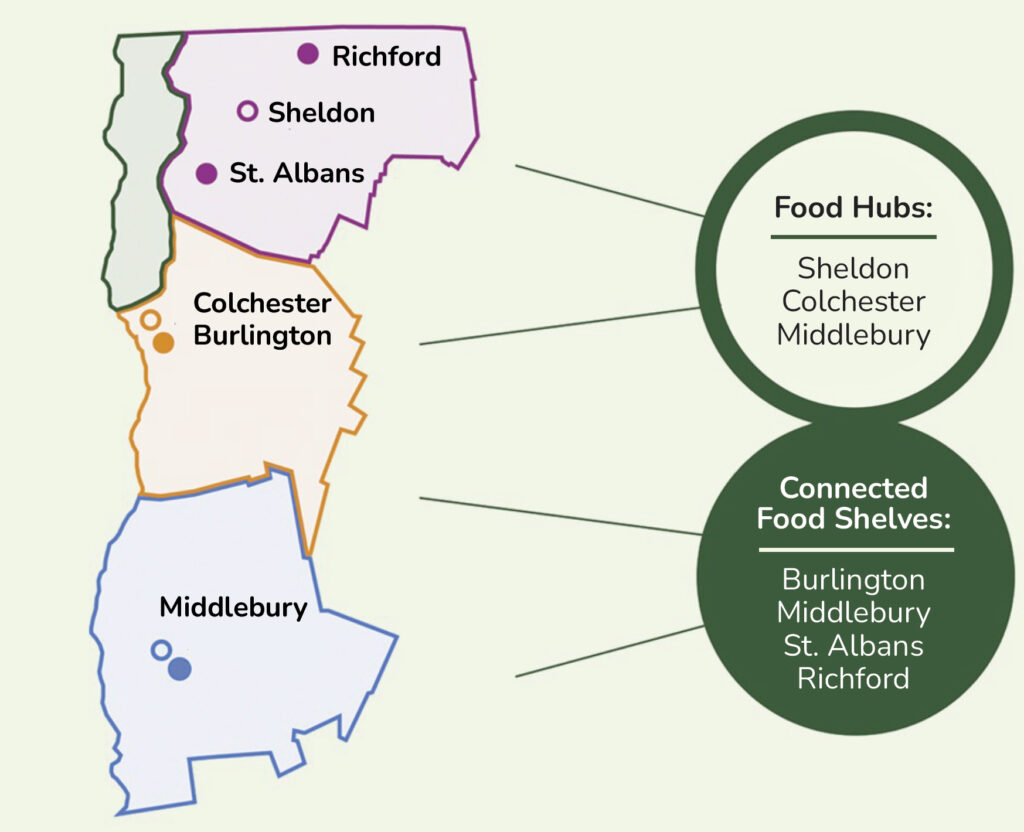
Our Food Shelves & Hubs
To address hunger throughout Addison, Chittenden, Franklin, and Grand Isle Counties, Feeding Champlain Valley has expanded our services to include three food hubs in Colchester, Middlebury, and Sheldon which allow staff to store more inventory and distribute to households and sites.
In addition, Feeding Champlain Valley oversees four food shelves: the Burlington Food Shelf, the Addison Food Hub, NorthWest Family Foods, and the Richford Food Shelf.
How We Impact Our Communities

14,509
Individuals served

1,949
Individuals Receiving a Grocery Delivery

2,208,322
Pounds of Food Donated

Latest News

